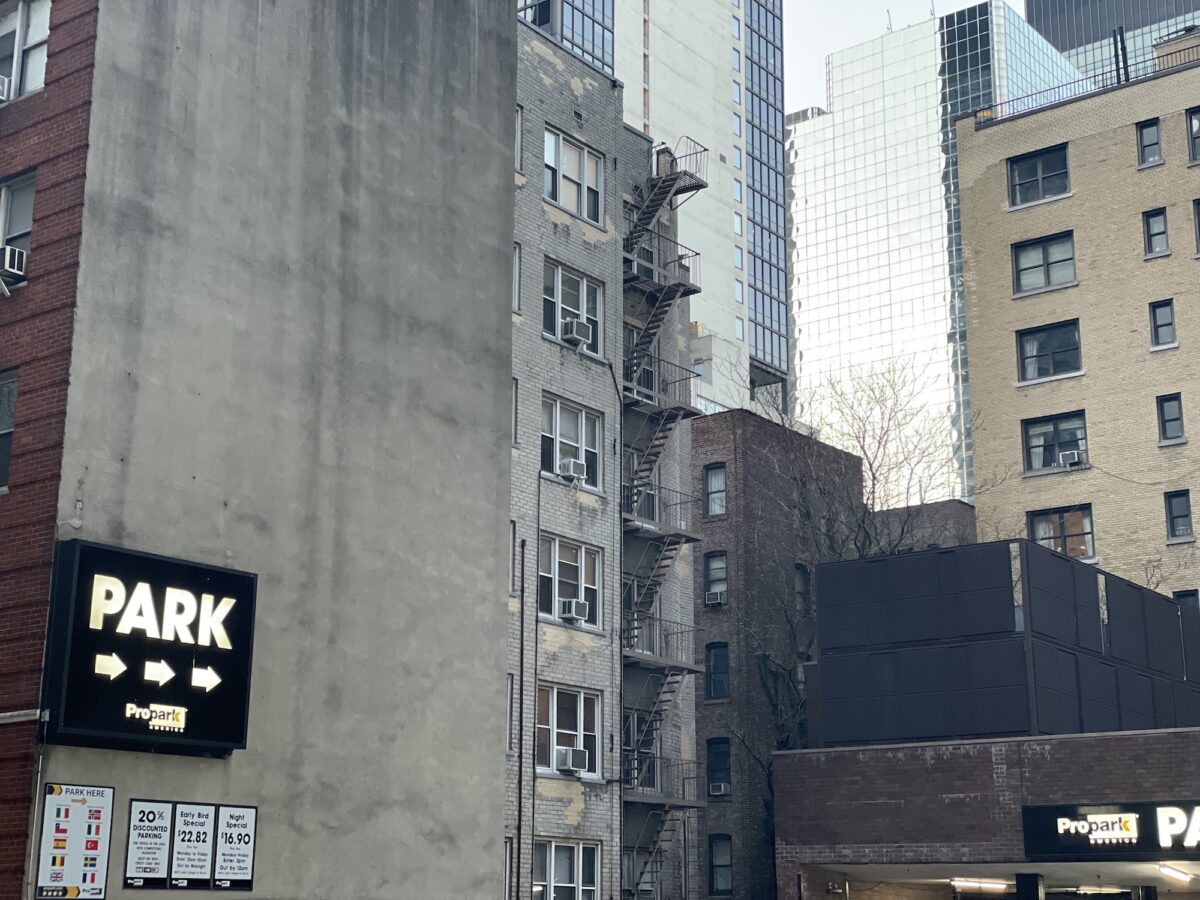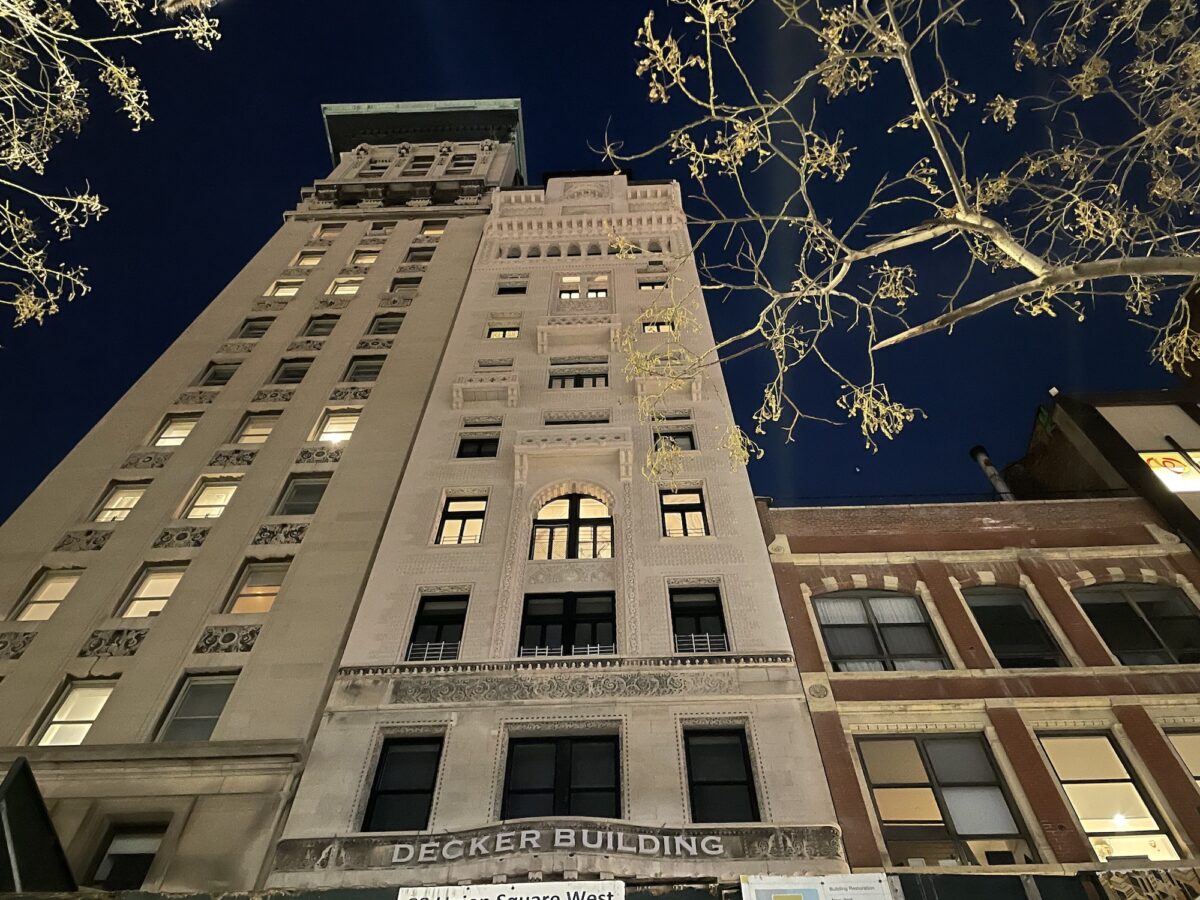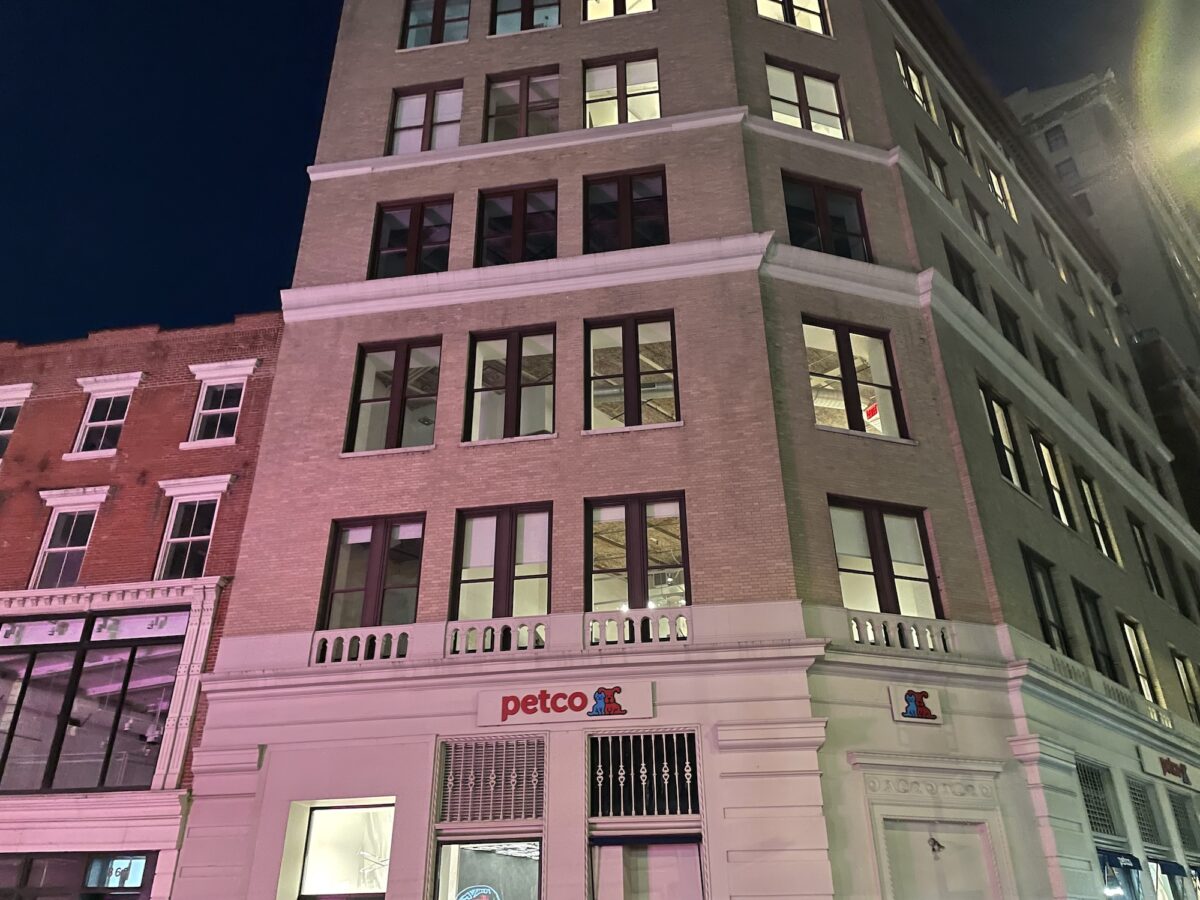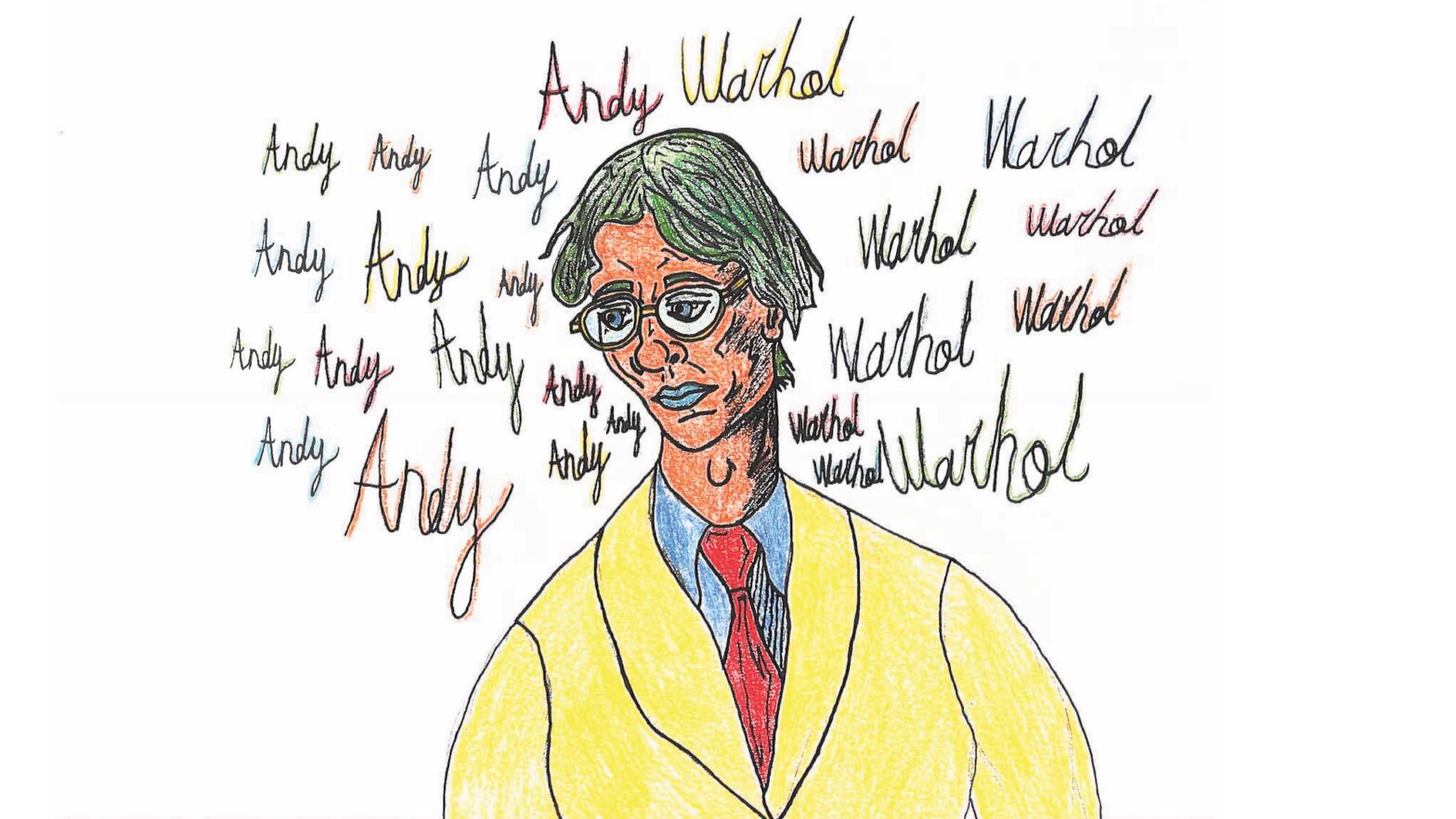This article is dedicated to the history and location of Andy Warhol’s personal art workshops known as the Factories.
Andrew Warhola, Jr. (more commonly known as Andy Warhol): the man, the myth, the artist. Many art aficionados and casual art viewers know that if you think of pop culture art, you think of Warhol. He has touched souls and hearts all over the world with his awkwardly charming personality captured on film. Warhol also produced groundbreaking work, making avant garde artistic films roaring into the era of 1980’s President Ronald Reagan conservatism. The hub of where he made such works was in his New York City Factories.
Warhol did not have one factory for art making, but four throughout the course of his artistic career. Scattered across the city, each one had its hallmark of achievements and boundary breaks.
The Factory was founded in 1963 and its production of subversive master works ended in 1987 with the fourth and final Factory location. No matter the location, the Factory became the sphere of Warhol’s public and private life. When people in his sphere of influence came to New York from Europe or California, they were told to go to the Factory and meet Warhol in person. Celebrities flocked from all over the world to meet Warhol and to gain an idea of who he was as an artist.
“We invited the Chinese ambassador to the Factory, but he never came back,” Warhol said in a 1977 Interview Magazine interview.
The Factory got its name when Warhol realized he needed assistants to help in his creation of screen prints. This was especially the case when screen printing became his primary source of expression and the medium he would continue to use throughout his career. The pace began to pick up and Warhol was producing prints on a mass scale. The Factory earned its rightful name.
Warhol got the idea to print photo silkscreens when he started printing money. According to the 1977 interview, he talked to a silk screener, who told him he could reproduce photographs.
“I think the first photograph I did was of a ballplayer,” Warhol said. “It was a way of showing action.”
The first Factory was referred to as the Silver Factory because Warhol was taken to a hair cutting party and asked his friend Billy Name to decorate his new Factory in the same silver tin foil and paint color as Name’s hair salon.
“There was a lot of machinery there and a heavy floor. They must have made shoes there,” Warhol said in the 1977 interview.
Artist EL A. PANDA, a Chicago-based artist who has done a lot of personal research on Warhol, reflected on Warhols contributions to the art world. She stated a personal memento on the Warhol’s ability.
“He made his art for everyone but not everybody could afford it,” EL A. PANDA told The New School Free Press in a phone interview.
She dedicated a piece to Warhol, called “Factory,” for his contributions to pop art and pop culture throughout and after his life.

The Silver Factory is located on the fifth floor of 231 E. 47th St. in Midtown, and is where Warhol worked from 1963 to 1967. This first factory defined the 60s era in the feeling of the commodification of society and the realization of how commodifying the capitalist system was towards everyday people and products: Making people feel like objects that were purchasable rather than simply just being people. Warhol’s Brillo boxes, Campbell’s soup cans, Coca-Cola bottles and screen prints of celebrities were examples of this approach. His art was a playful posturing reflection of what everyone had access to in this capitalist society. This building no longer exists as there is now an apartment building at this location.
Warhol needed to move to a different location after the first Factory was set to be demolished. The second Factory was located on the second floor of the Decker Building at 33 Union Square West and was used by Warhol from 1967 to 1973. This Factory was infamous: it was here that Valerie Solanas shot Warhol three times in 1968.

From that point on, Warhol set up a camera system to observe what his visitors were doing and took a great interest in seeing what made people tick; seeing people’s personalities and mannerisms and assessing if they were suspicious.
Warhol also used the space to take pictures of himself with the wounds he got after being shot. He greatly disliked his physical appearance and had body dysmorphia after the attempt on his life.
“It’s not about what you look like, it’s about what you do and what you’re putting out there in the world,” EL A. PANDA said.
Despite his injuries, he chose to go forward and show New York and the world his vision of what art could be.
After this incident, Warhol needed a better way to protect himself when he moved to his new Factory location.
The third Factory was located at 860 Broadway at the north end of Union Square Park and was used by Warhol from 1974 to 1984. Warhol felt he needed protection because his work space was only three levels up and he was concerned someone would throw a bomb or a brick through his window. According to a 2012 piece in the Village Voice, Warhol would send his assistants to get his carrot juice for him as this event greatly affected his trust in people.

Warhol had one of his friends set up a protection system to keep any other superstars and members of the public from possibly attacking him in the future. His friend Fred Hughes came up with a system of connecting the phone line to the lines of Warhol and Hughes’ friends who spoke other languages. These friends would pose as foreign receptionists who spoke in thick accents with confusing questions to deter any would-be assailant past SuperStars who planned on calling him in the future.
Warhol’s final factory was located at 22 E. 33rd St. and was used by Warhol from 1984 to 1987. This building no longer exists, like the first Factory location, as it was torn down in 2013. Warhol noted that everyone would be famous for 15 minutes. It seems his final Factory hit that bench mark and was torn down as his 15 minutes were finally up. His fame however lasted far longer than 15 minutes.

Warhol’s legacy is hard to ignore and the strange escapades that encapsulated his art and life were fascinating for many reasons. His contribution to film and visual art is unmistakably important to the greater perception of pop culture through pop art. Warhol paved the way for counter culture becoming important to the main culture. He didn’t invent the concept of 15 minutes of fame for every person, but brought it to the forefront of the popular consensus. Nine months before Warhol died in 1987, he created a series of iconic self portraits featuring his straight facing gaze and spiky wig that he was known for wearing.
All and all, he helped cultivate a more open minded and creative world.








What a fantastic article! It really captures what his works mean to people and his perspective. Great job Oz!
Well written. Captivating read. Very interesting.
Oz you’re doing amazing!